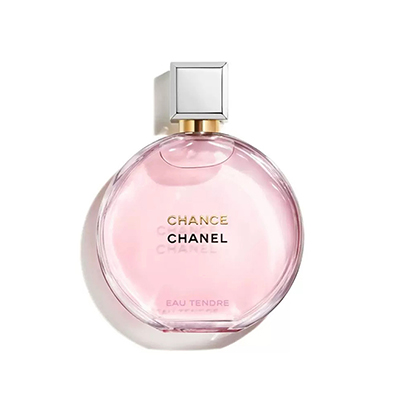

In the design of perfume bottles, synesthesia plays a significant role, as it involves the interplay between vision and smell. The use of visual and olfactory synesthesia in perfume bottle design allows designers to create a harmonious blend of form and meaning, enabling effective communication and emotional connection with consumers.
In today’s context, people no longer simply seek fragrance in perfumes but also consider the physical and psychological impact they have. The interaction between the eyes and nose during the experience of smelling a perfume invokes visual and olfactory responses, leading to emotional fluctuations and the experience of synesthesia.
Perfume bottles are commonly made of glass due to its non-reactive nature and ability to preserve the fragrance. Glass provides high transparency, clarity, and versatility in displaying various shapes and colors, making it the preferred material for packaging perfumes. Therefore, this study primarily focuses on glass perfume bottles.
Synesthesia is a psychological phenomenon where different senses interact and communicate with each other, resulting in the exchange of emotions based on sensory experiences. In daily life, synesthesia is widely observed, as people often associate sensory experiences and use words from one sense to describe another. For example, describing a good singing voice as “sweet” involves using a term from taste to describe an auditory experience.
In the realm of design, synesthesia allows designers to transcend the limitations of a single sense and evoke sensations in multiple senses. By utilizing synesthesia, vision can transmit information related to taste, hearing, smell, touch, and more, enabling a holistic sensory experience that transcends time and space. In the case of perfume bottle design, designers can leverage synesthesia to establish an emotional connection between consumers and the perfume. For instance, the design of Dior’s True Self perfume bottle incorporates visual elements inspired by haute couture fashion, such as a curvaceous bottle shape, gold accents, and anthropomorphic decorations. Through synesthesia, these visual cues evoke olfactory associations of seduction, charm, and pleasantness, enhancing the appeal and emotional impact of the fragrance.
In the process of perfume bottle design, the phenomenon of olfactory and visual synesthesia occurs, wherein people’s visual perception of the bottle triggers associations with its smell. Similarly, the fragrance of the perfume can evoke mental imagery, forming an overall perception of the fragrance. These reactions exemplify the synesthetic relationship between sight and smell, which facilitates emotional fusion. By capitalizing on this synesthetic interplay, designers enrich the information conveyed by the design and enhance its appeal.
The three processes involved in olfactory and visual synesthesia in perfume bottle design are visual stimulation, visual communication, and emotional sublimation. Visual stimulation is crucial in attracting consumers’ attention and creating a desire to explore the perfume. The design elements, such as color, shape, and decoration, play a vital role in visually engaging consumers. The successful application of visual language in perfume bottle design enables the transformation of abstract feelings into tangible visual experiences. The use of smooth lines, delicate decorations, and exquisite craftsmanship can captivate consumers and convey the inner characteristics and emotions of the perfume. Through synesthetic design thinking, visual forms can guide consumers’ associations and imaginations, facilitating information communication and emotional connection between consumers and designers. Ultimately, the visual stimulation provided by the perfume bottle establishes the consumers’ initial impression of the fragrance and acts as a medium for conveying design emotions.
In summary, the study of synesthesia in the context of vision and smell in perfume bottle design explores the relationship between visual design elements and olfactory perception. By leveraging synesthesia, designers can create perfume bottles that harmoniously unite form and meaning, facilitating emotional connection and communication with consumers.
